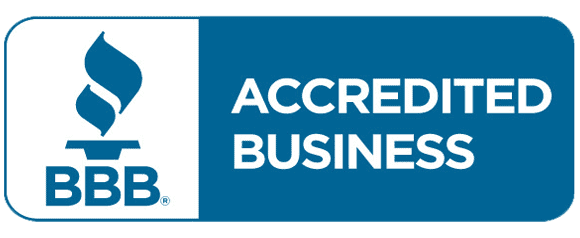Life Coaching Statistics and Trends to Know in 2025

 Think life coaching is just a side hustle? Think again. In 2025, the coaching industry is booming—fueled by rising mental wellness awareness, increased demand for personal growth, and a massive shift toward remote and group coaching formats. Yet, with all this growth, many aspiring coaches still hesitate, unsure whether it’s a viable long-term career.
Think life coaching is just a side hustle? Think again. In 2025, the coaching industry is booming—fueled by rising mental wellness awareness, increased demand for personal growth, and a massive shift toward remote and group coaching formats. Yet, with all this growth, many aspiring coaches still hesitate, unsure whether it’s a viable long-term career.
That’s why we’ve pulled together the most recent and relevant life coaching statistics and trends. If you’re wondering whether now is the time to step into coaching (or level up), this data-backed guide will give you the clarity you need.
Why Life Coaching Is Thriving in 2025
The world is moving fast—and so is the demand for support. As more people seek meaning, confidence, and personal fulfillment, coaching offers something therapy and consulting can’t always deliver: a future-focused, empowering path forward.
Here’s what’s driving the growth:
-
Mental health prioritization: Life coaching fills a preventative role between clinical therapy and self-help.
-
Career changes: More people are switching careers, especially post-pandemic, and need guidance.
-
Remote accessibility: Online coaching platforms and virtual sessions make coaching more accessible than ever.
One study reported that over 70% of coaching sessions now happen online, up from 50% pre-2020.
The Numbers: Key Life Coaching Statistics in 2025
Global Industry Revenue
According to a 2025 report from the International Coaching Federation (ICF), the life coaching industry is now worth $4.6 billion globally, marking a 7% increase from the previous year. The U.S. alone accounts for over 40% of that revenue.
Coach Demographics
-
Age: The average coach is between 35–55 years old, but younger coaches (under 35) now make up 22% of new certifications.
-
Gender: 73% of life coaches identify as women.
-
Education: 85% of active coaches have completed at least one formal training or certification program.
Coaching Clients Are Evolving
In 2025, clients are more informed and intentional. They’re looking for specific outcomes like:
-
Emotional resilience
-
Confidence building
-
Career transitions
-
Relationship clarity
This shift means that niche coaching—such as confidence, wellness, or mindfulness—is outpacing general life coaching in client demand and income potential.
5 Life Coaching Trends That Will Shape the Future
1. Niche Specialization Wins
Coaches with a defined niche (e.g., health, mindset, relationships) are earning up to 35% more than generalists. Why? Clients want targeted transformation.
“People are tired of vague promises—they want results in a specific area of life,” says a 2025 industry survey.
2. Group Coaching Gains Ground
More coaches are moving from 1-on-1 to group coaching, allowing them to scale income and impact. Plus, group dynamics foster peer support and accountability.
3. Certification Is the Standard
While coaching isn’t regulated in most countries, clients increasingly expect credentials. In fact, 62% of clients now say they look for coaches with certification before booking.
4. AI and Tech Integration
Coaches are using AI for scheduling, journaling, and progress tracking. While human connection remains key, supportive tech is helping clients stay engaged between sessions.
5. Wellness Coaching Rises
Wellness, stress reduction, and holistic health are exploding—especially among Gen Z and millennials. Wellness coaches are now in high demand from both individuals and organizations.
What These Stats Mean for Aspiring Coaches
You don’t need to be famous or have a million followers to succeed in coaching. What you do need is:
-
A clear niche
-
Proven tools and training
-
Confidence in your ability to lead transformation
The data shows that people are willing to invest in personal development—and that trend isn’t slowing down. If you’ve been waiting for the right time to start, 2025 might be the perfect opportunity.
Conclusion: Your Next Step in a Growing Industry
If you’re ready to step into one of the fastest-growing, purpose-driven careers out there, let these life coaching statistics be your sign. Whether you’re starting from scratch or expanding into a new niche, the opportunity is here—and it’s bigger than ever.
Actionable takeaway: Pick one niche that excites you most and commit to learning everything you can about the transformation your future clients need.
Want to join this fast-growing industry?
Explore our Life Coach Certification Programs and start building your future as a coach today.









